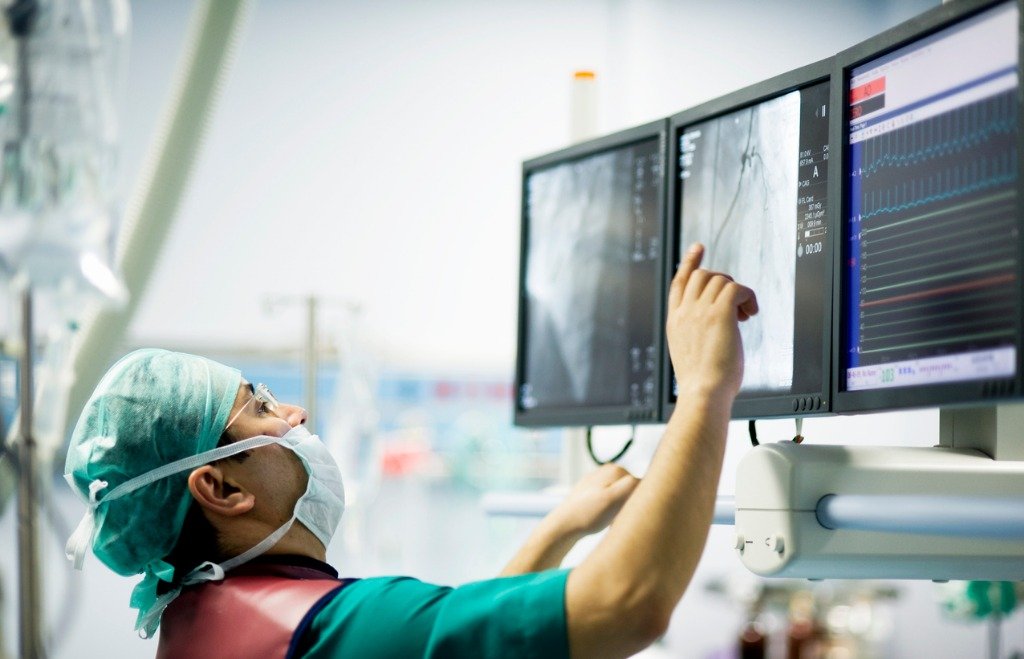Spine surgeries with neurophysiological monitoring is one of the most challenging surgery in view of anaesthesia. The Evoked Potential Monitors SSEP and MEP, though facilitates early detection of any intraoperative neuronal injuries is easily influenced by anaesthetic drugs and inhalational agents. Hence the anaesthetic technique has to be modified reducing the dose of inhalational agents and muscle relaxants which can result in inadequate depth of anaesthesia leading to awareness. Most of the centres prefer TIVA (Total Intravenous Anaesthesia). The perioperative complications associated with major spinal surgeries and difficulty to obtain adequate depth without interfearing with neuromonitoring in these prolonged surgeries requires expertize and knowledge to handle. The purpose of this study was to identify unintended intraoperative awareness that can be caused due to curtailing of inhalational agents and whether usage of BIS for titrating these anaesthetic drugs can improve the outcome, decrease incidence of awareness in this population and produce better intraoperative haemodynamic stability.
MATERIALS AND METHODS:
It was seen that some anaesthetists prefer use of BIS for assessing awareness and depth of anaesthesia in corrective spine surgeries with neurophysiological monitoring while others did not. After obtaining institutional ethics committee approval and written informed consent from patients, a prospective observational study was conducted in 22 patients of ASA (American Society of Anesthesiologists) Grade 1-2 who underwent corrective surgery for scoliosis. After thorough preoperative evaluation Patients were grouped alternatively as A:patients in whom BIS monitoring was used intraoperatively B:Patients in whom BIS monitoring was not used. After induction of anaesthesia with fentanyl 1.5mcg/kg, propofol 2mg/kg, and rocuronium 0.9mg/kg(to facilitate intubation) maintenance was established with air/oxygen, desflurane 2-4**%.After induction Dexmeditomidine infusion was started at a rate of 0.2-0.7mic/kg/hr after a bolus dose of .5mic/kg.** Bolus doses of additional fentanyl were given up to a maximum dose of 5mic/kg. Drugs were titrated to maintain BIS between 40 and 60 in group A. In group B anaesthetic drugs were titrated to maintain BP and heart rate within 20% variation from baseline. Postoperative recall of awareness was assessed using modified Brice questionnaire 6 hours and 24 hours after extubation by an independent observer.
RESULT: There were no incidents of awareness identified in either study groups. There was less sigificant variation in the heart rate and arterial blood pressure in the BIS guided anaesthesia ie. Group A ( mean arterial pressure p value from baseline during induction 0.004 and during maintanence 0.006 , heart rate p value during induction 0.8 and maintanence 0.42 ) than in anaesthesia titrated using haemodynamic variables ie. Group B(arterial mean blood pressure p value from baseline during induction 0.001 and during maintanence 0.001 , heart rate p value during induction 0.27 and maintanence 0.02 from base line). There was decrease in the rate of dexmeditomidine consumption in group A when compared to group B though not statistically significant
CONCLUSION:The superiority of BIS guided anaesthesia to reduce the incidence of intraoperative awareness couldnot be established with our present study BIS monitoring will not alter the incidence of awareness but it was found to offer better haemodynamic stability during thoracolumbar spine surgeries and can aid titration of drugs in such situations were the anaesthesia is modified for minimising effects on neuromonitoring.


